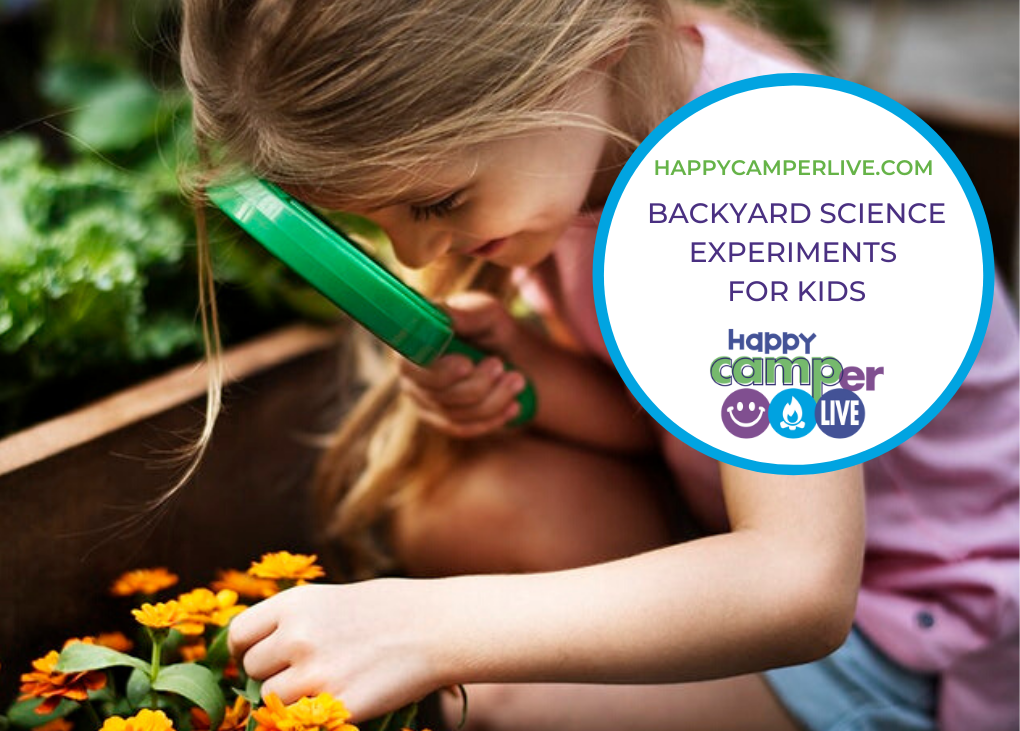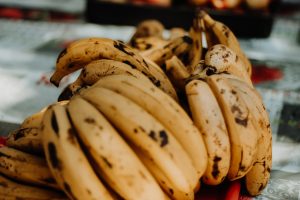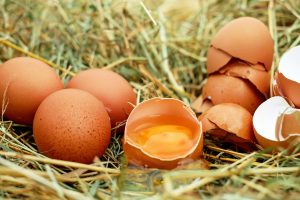
Activities
STEM
Science Camp in Your Own Backyard!
Written By: happycamperWelcome to Science Camp! Here are some great science experiments you can do in your backyard this summer!
Let’s think about biology. Today we will do an activity experimenting with plants, which will answer the question:
How do water and minerals get from the ground up into the leaves of a plant, flower or tree?
We don’t water a tree by spraying the water into its branches, so we want to understand how water from the ground makes its way up a plant.
Here’s what you will need:
4 glasses of water
4 food coloring dyes in red, blue, green and yellow
3 white carnations
A pair of scissors
STEP 1: Put 2 drops of each food coloring in separate glasses of water. You should have a glass of red water, blue water, green water and yellow water.
STEP 2: Take the three carnations and clip the bottom of the stems with your scissors. The third carnation should be snipped up the center of the stem, keeping it all in one piece.
STEP 3: Place one of the white carnations in in the glass of red water. Place the second in the blue glass of water. Put the glasses of green and yellow water next to each other. Take the carnation which has the stem snipped in half and put one of the halves in the green water and the other half in the yellow water.
STEP 4: Take them out of the light and let them sit overnight.
Conclusion: In the morning you will notice that the white carnations have turned the color of the water in each glass. Scientifically, this is known as “capillary action.” This is the scientific process of how water and minerals are brought up from the ground despite gravity to the leaves and petals of plants, flowers and trees.
* The Everything Kids’ Science Experiments by Tom Robinson
A second exciting science camp experiment answers the funny question:
Can a banana blow up a balloon?
Anyone who has seen a banana ripen, then turn brown, has witnessed the fruit dying and decomposing. While this is happening, bacteria (which are so small, you can’t even see them) flock to the dying fruit to eat it. When they eat, they give off a small amount of gas which is still large enough to inflate a balloon. Let’s now do an experiment to prove this is true!
Here’s what you will need:
A very ripe banana
A bowl
A small mouth empty bottle in either glass or plastic
A balloon
Step 1: Put the very ripe banana in the bowl, and smash it up to get rid of any lumps.
Step 2: Little by little put the mashed banana into the bottle using a spoon.
Step 3: Put the balloon over the top of the bottle.
Step 4: Place it in a warm, sunny spot.
Step 5: Wait several days, each day checking the progress of the inflating balloon as the banana keeps decaying.
Conclusion: And voila! You have just proven the theory that a banana can blow up a balloon!
For more fun science experiments check out the makerspace at https://www.happycamperlive.com.
Our third experiment will answer the question:
Can you peel a raw egg?
We know we can peel hardboiled eggs, but that left us wondering if you are able to peel an egg that has not been hardboiled.
Here’s what you will need:
One raw egg
A bottle of vinegar
A glass
Step 1: Place the egg in the glass.
Step 2: Pour vinegar into glass until it covers the egg.
Step 3: Let it sit for a few days.
Step 4: You should return to see that the acid from the vinegar has eaten away the eggshell and the raw egg is being held together by a membrane.
Voila! You’ve just peeled a raw egg!
Conclusion: Eggshells are made from calcium carbonate which reacted to the acid in the vinegar. You may have even noticed some bubbly gases when the eggshell was being dissolved. That is because the shell turned into calcium acetate and carbon dioxide (which gave off the bubbly gas while breaking down).
We hope you had fun with these science projects at Happy Camper Live. Maybe some of you are now budding scientists?
Tagged:- activities for kids, activities for kids to try at home, camps for kids, science camp, science experiments for kids
RELATED ARTICLES

Activities
Family activities
How to Create a Family Camp Night Indoors for the Holidays
Who says camping is only for summer? When the weather outside is chilly, you can bring the great outdoors inside! An indoor family camp night is the perfect holiday activity for kids—cozy, creative, and packed with laughter. Whether you’re celebrating winter break or looking for a screen-free family night, these ideas will help you turn […]
Activities
Outdoor adventure
How to Spot Wildlife Preparing for Winter
As the seasons change, the natural world puts on one of its most impressive shows: wildlife preparing for winter. From squirrels gathering acorns to birds making their long migrations, this seasonal shift is full of kid-friendly learning moments. If your camper loves nature, this guide will help them identify the signs of animals getting ready […]
Read More...
Activities
Outdoor adventure
Exploring Nighttime Skies: Stargazing Tips for Winter
Winter is one of the best times of year for stargazing. The air is crisp and clear, making stars look brighter and constellations easier to spot. Whether you’re camping out at winter camp or enjoying a cozy backyard adventure, exploring the night sky is a magical way for kids to connect with nature and science. […]
Read More...
Activities
Arts and crafts
Winter-Inspired Arts and Crafts for Campers
Winter is the perfect season to slow down, get creative, and explore arts and crafts inspired by snowy landscapes, cozy traditions, and winter wildlife. Whether campers are spending time outdoors at winter camp or staying warm inside, winter-themed crafts help build creativity, fine motor skills, and a sense of seasonal wonder. Below are fun, age-appropriate […]
Read More...
Activities
Outdoor adventure
How to Stay Warm and Comfortable During Winter Campouts
Winter camping can be an unforgettable adventure—quiet trails, snowy landscapes, and crisp night skies make cold-weather campouts extra special. But staying warm and comfortable is key to actually enjoying the experience. With the right preparation, winter campouts can be just as cozy (and safe) as summer ones. In this guide, we’ll share practical winter camping […]
Read More...
HAPPY CAMPERS
The Ultimate Guide To Spooky Campfire Stories
Read More...
4 Ways To Celebrate Father’s Day
Read More...
What is a good friend?
Read More...
5 Things That Will Turn An Outdoor Walk Into An Adventure
Read More...
categories
Activities (275)
Arts and crafts (85)
Camp stories (12)
Camp traditions (24)
Campers (105)
Cooking (50)
Education (6)
Family activities (92)
Featured camps (12)
Gift Guides (12)
Music (9)
Outdoor adventure (43)
Parents (64)
Podcast (25)
School (17)
Science (16)
Sports (32)
STEM (13)
Water sports (1)



